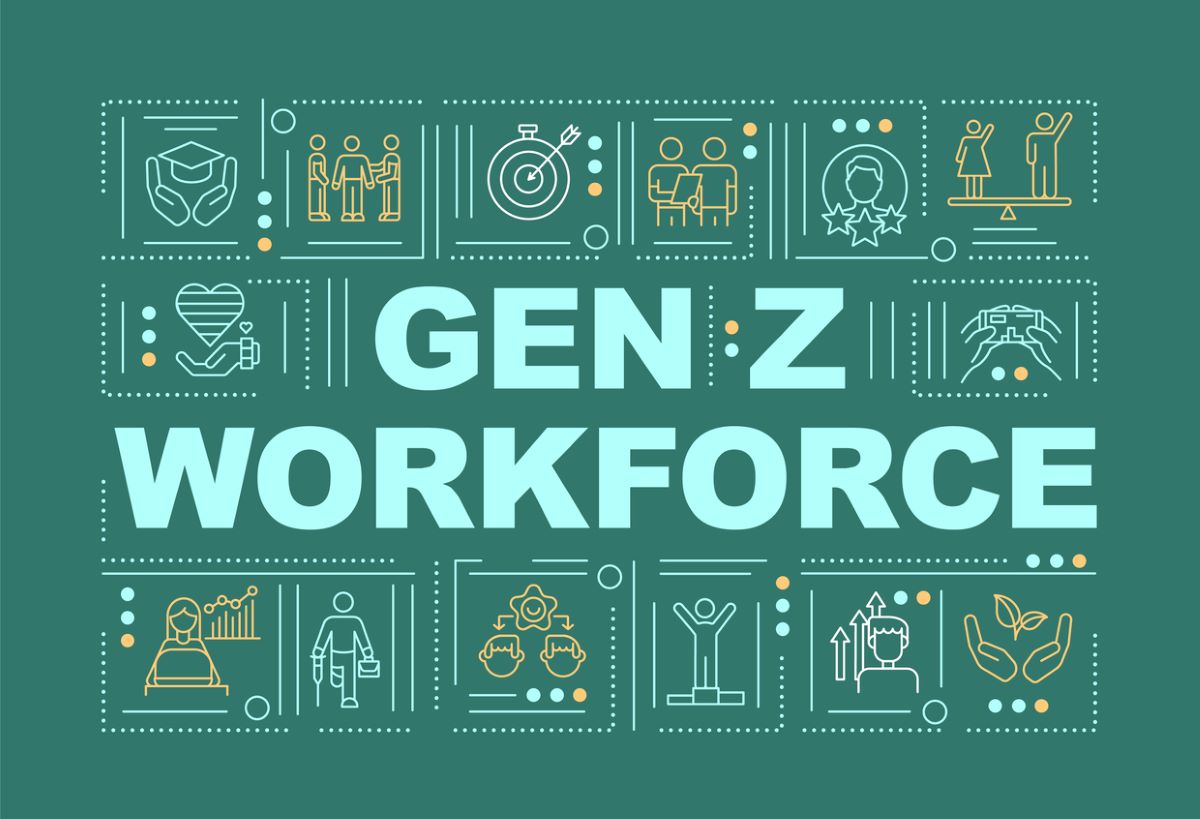The word “mentor” comes from the character Mentor in Homer’s Odyssey. With time, the word mentor has been used to refer to someone who is a guide and educator and the notion of mentorship has always been used in positive connotations. The definition of a mentoring relation has been expanded to a “professional, working alliance in which individuals work together …
Post-Deployment Reintegration: Helping Soldiers Transition from Battlefield to Homeland
As India gears up to celebrate Republic Day, honoring the dedication of its armed forces, it’s important to reflect on the challenges soldiers face after their service ends. While their sacrifices on the battlefield are recognized, the struggles of reintegrating into civilian life often remain underacknowledged. Research sheds light on the multifaceted challenges these veterans encounter, emphasizing the need for …
AI for Personalized Employee Development and Training
As Fei-Fei Li, a computer scientist, once said, “AI is not a substitute for human intelligence; it is a tool to amplify human creativity and ingenuity.” AI has successfully incorporated itself into our daily lives and organizations. Human resource managers use it effectively to enhance personalized employee development and training. Tools such as Generative AI and Natural Language Processing (NLP) …
Empowering Change: Mentorship’s Role in Organizational Training and Development
Mentoring is a brain to pick, an ear to listen and a push in the right direction. – John C. Crosby Mentorship has long been an invaluable element of personal and professional growth, with its roots tracing back to ancient narratives like Homer’s Odyssey. Today, it has evolved into a crucial component of organizational training and development, extending far beyond …
Creative Outlets: The Role of Art and Music in Mental Health
In a recent study conducted by mental health experts, the role of creative outlets such as art and music in promoting mental wellness has come to the forefront. With increasing stressors and pressures in today’s society, individuals are turning to these expressive mediums as a means of finding solace and healing. Art therapy, a practice that involves the use of …
Mentorship and Coaching in the Workplace: Psychological Principles for Career Development
In the bustling corridors of a renowned corporation, a young, ambitious professional found himself at a career crossroads. Despite his hard work and dedication, his path to advancement seemed obscured, like a sailor lost in a foggy sea. Enter a seasoned executive with a wealth of experience and a keen eye for potential. Recognizing the young professional’s dilemma, she offered …
Resilience Training in Organizations: Learning to Thrive in Challenging Environments.
When Covid-19 pandemic hit us hard, posing significant health, economic, and social challenges, many companies across globe recommended their employees to take up the HBR online course on “Ernest Shackleton and his historic Endurance expedition”. Well, who is this Ernest Shackleton and how can his expedition help us with the unprecedented issues we faced with COVID-19? To understand this, let …
The Role of Social Influence in Organizational Change: Strategies for Effective Adaptation and Learning
The process of social influence in organizations involves the demonstration of particular behavioral tactics and strategies by individuals to influence behavioral outcomes controlled by others in ways that maximize positive outcomes for the influencer and minimize negative outcomes. Social influence processes have a significant impact on organizational change. From an organizational development perspective, organizational change is “a set of Behavioral …
Talent Development: Strategies for Career Advancement And Adaptation
The idea of a linear career path has been replaced by a dynamic journey of continual learning and adaptation in today’s quickly changing professional scene. Talent development has become a crucial component of job growth, helping people to thrive in a constantly changing environment and stay relevant. This essay examines efficient talent development tactics that promote professional advancement and the …
Social Learning and Curiosity: How Peer Interactions Foster Adaptive Learning
A vital component of human growth and development is learning. While traditional educational institutions are important for acquiring knowledge, social connections, and peer involvement account for a sizable percentage of our learning. This type of learning, known as social learning, is closely related to curiosity, the need we all have to look around us, ask questions, and try to comprehend …










